Welcome fellow DIY enthusiasts and car owners! Are you tired of the dreaded feeling of oil leaking from your vehicle’s engine, only to discover that the culprit is a stripped oil drain plug? We’ve all been there, feeling frustrated and uncertain about how to address this pesky problem. But fear not, as today we are going to delve into the world of fixing a stripped oil drain plug – a skill every car owner should have up their sleeves!
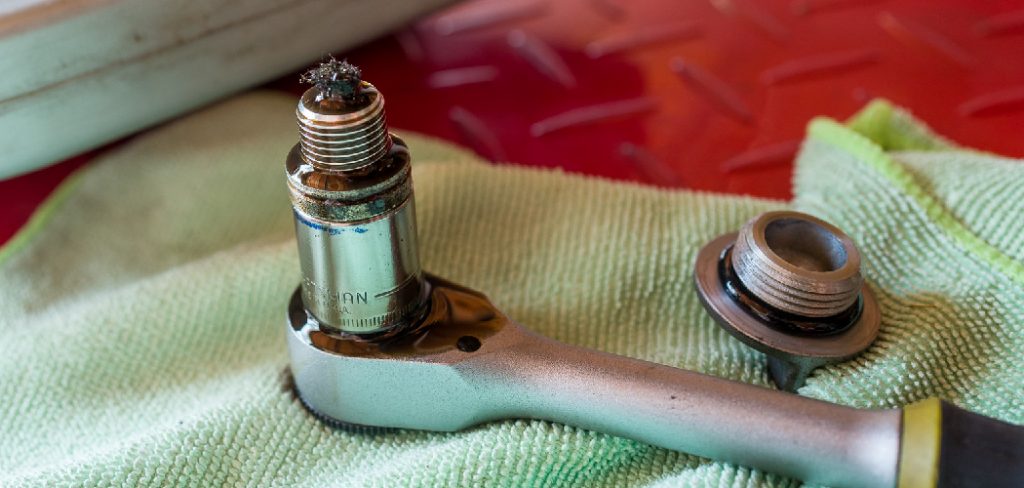
Whether you are a seasoned mechanic or someone who is just starting to explore the joys of tinkering with their own vehicle, this blog post will provide you with step-by-step instructions on how to fix a stripped oil drain plug, useful tips, and reassurance that you are capable of solving this issue on your own. So grab your toolbox and let’s embark on this exciting journey of fixing a stripped oil drain plug together!
Benefits of Fixing a Stripped Oil Drain Plug
Before we dive into the actual steps of fixing a stripped oil drain plug, let’s first understand why it is important to address this issue as soon as possible. The oil drain plug is an essential component of your vehicle’s engine that allows you to easily drain and change the engine oil.
If the threads on the oil drain plug become stripped, it can lead to oil leaks and potential engine damage if left untreated. By learning how to fix a stripped oil drain plug, you can not only save money from expensive repairs but also ensure the longevity of your vehicle’s engine.
Materials Needed
To successfully fix a stripped oil drain plug, you will need the following materials:
- Replacement Oil Drain Plug (Make Sure It Matches the Thread Size and Pitch of Your Vehicle)
- Tap and Die Set
- Drill (if Needed)
- Drill Bit (if Needed)
- Thread Repair Kit (Optional)
9 Easy Step-by-step Guidelines on How to Fix a Stripped Oil Drain Plug
Step 1: Identify the Problem
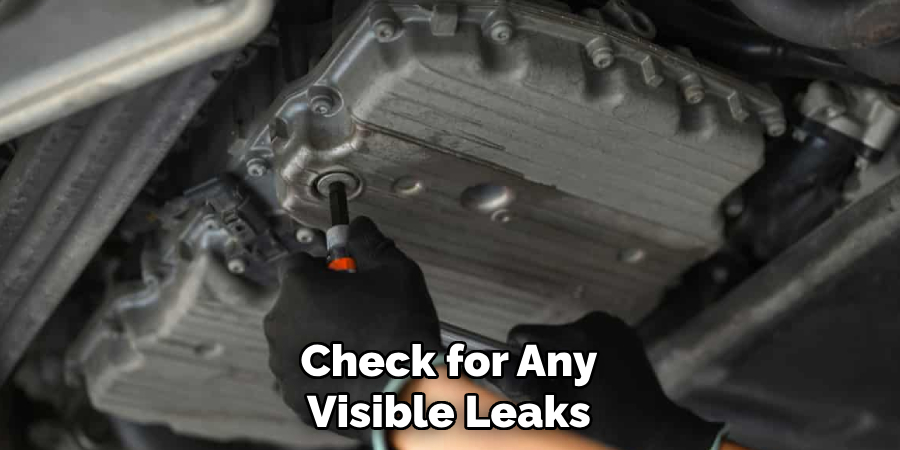
The first step in fixing a stripped oil drain plug is to identify the severity of the issue. Check for any visible leaks or signs of damage on the oil drain plug, such as worn-out threads or a cracked bolt head. You can also try to remove the oil drain plug with a wrench to see if it comes off easily or if there is any resistance.
Step 2: Drain the Oil
Before you begin fixing the stripped oil drain plug, make sure to drain all the oil from your vehicle’s engine. This will prevent any spills and ensure that you have enough room to work on the damaged oil drain plug. The oil should be drained into a container and can be later disposed of at your local recycling center. it is essential to properly dispose of used oil to protect the environment.
Step 3: Clean the Area
Using a degreaser or a cleaning solution, thoroughly clean the area around the stripped oil drain plug. This will remove any dirt and debris that may interfere with the repair process. It is crucial to have a clean surface for the fix to be effective. Threads can often become stripped due to dirt or debris getting caught in the threads.
Step 4: Use a Tap and Die Set
If the threads on the oil drain plug are only slightly damaged, you can use a tap and die set to rethread them. This tool is designed specifically for repairing threads and will create clean, new ones in place of the old, damaged ones. Make sure to use the right size tap and die for your vehicle’s oil drain plug. Otherwise, you may end up causing more damage.
Step 5: Drill Out the Old Threads
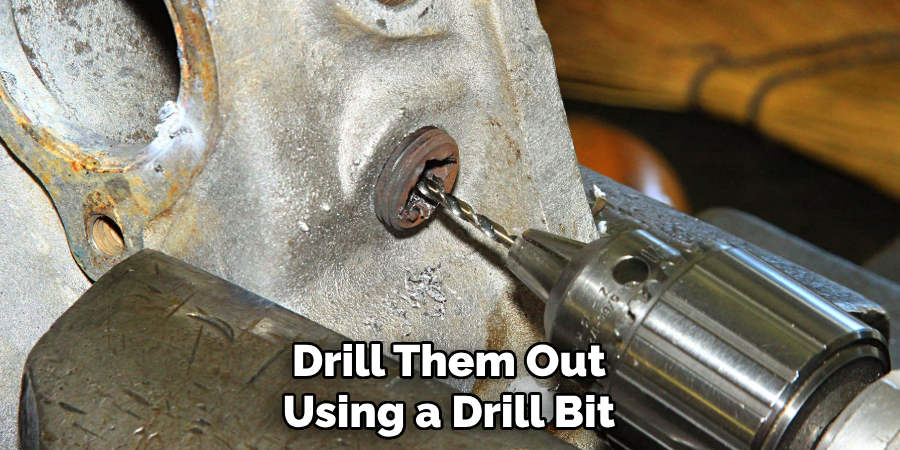
If the threads on the oil drain plug are severely damaged or completely stripped, you will have to drill them out using a drill bit that is slightly larger than the original hole. This may require some precision and caution, as you do not want to damage the surrounding area or create a larger hole than necessary.
Step 6: Use a Thread Repair Kit
If you are uncomfortable with drilling out the old threads, you can also use a thread repair kit. This kit comes with special inserts that can be screwed into the damaged hole, providing a new set of threads for the oil drain plug. This can be an easier and less invasive option for fixing a stripped oil drain plug. It is essential to use a thread repair kit with the correct size and pitch for your vehicle’s oil drain plug.
Step 7: Clean the New Threads
No matter which method you choose to fix the stripped oil drain plug, it is important to clean the newly created or repaired threads before installing the new oil drain plug. Use a brush or compressed air to remove any debris, ensuring that the threads are clean and ready for the new plug. You can also use a thread chaser tool to clean the threads.
Step 8: Install the New Oil Drain Plug
Now it’s time to install the new oil drain plug! Make sure to use one that matches the thread size and pitch of your vehicle’s oil drain plug. Screw it in carefully, making sure it is properly aligned and tight. Avoid over-tightening, as this can damage the threads again. The new oil drain plug should sit securely in place.
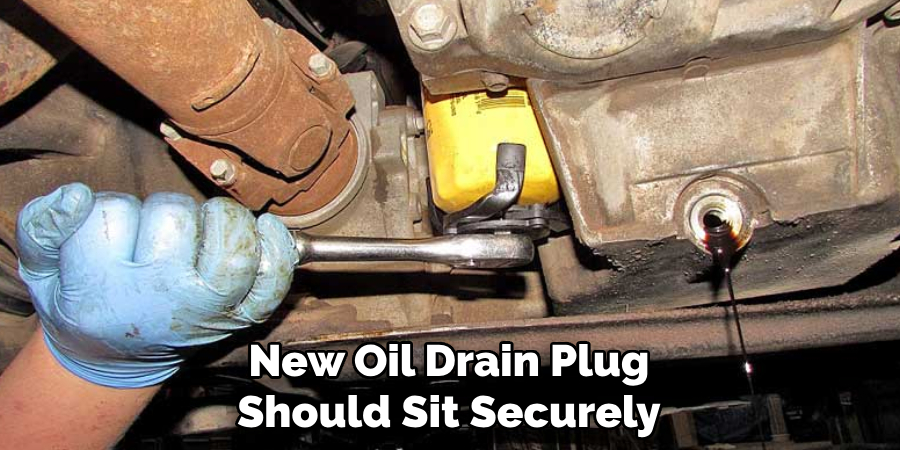
Step 9: Refill with Oil
After successfully installing the new oil drain plug, refill your vehicle’s engine with fresh oil. Make sure to check the oil level and top it off if needed. Once you are satisfied that everything is in place and securely tightened, you can start your vehicle and let it run for a few minutes to ensure everything is working correctly.
Congratulations! You have successfully fixed a stripped oil drain plug all on your own. By following these step-by-step guidelines on how to fix a stripped oil drain plug, you have not only saved money from expensive repairs but also gained valuable knowledge and skills as a car owner. Remember to properly dispose of the old oil and always keep an eye out for any potential issues with your vehicle’s engine. Happy fixing!
Frequently Asked Questions
Q1: How Can I Prevent My Oil Drain Plug From Getting Stripped in the Future?
A1: To prevent your oil drain plug from getting stripped in the future, make sure to properly clean and maintain the area around it. This includes regularly changing your engine oil and using a thread chaser tool to clean the threads before each oil change. You can also apply anti-seize lubricant on the threads of the oil drain plug before installation to prevent them from corroding or seizing.
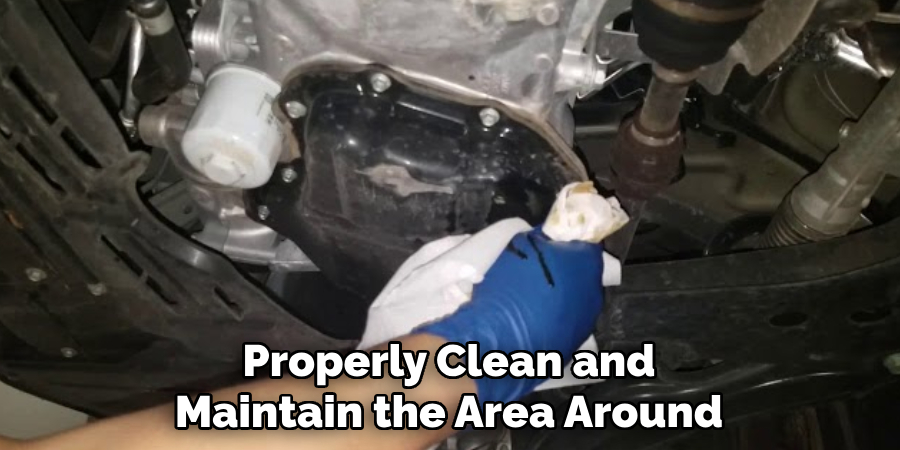
Q2: Can I Drive My Vehicle with a Stripped Oil Drain Plug?
A2: It is not recommended to drive your vehicle with a stripped oil drain plug, as it can lead to potential engine damage and costly repairs. If you notice any signs of a stripped oil drain plug, it is best to fix it as soon as possible or have a professional mechanic take a look at it.
Q3: Can I Use Any Type of Oil Drain Plug for My Vehicle?
A3: No, it is crucial to use an oil drain plug that matches the thread size and pitch of your vehicle’s engine. Using the wrong type of oil drain plug can lead to further damage and leaks. Make sure to consult your vehicle’s manual or a mechanic to ensure you are using the correct plug.
Q4: Can I Fix a Stripped Oil Drain Plug by Myself?
A4: Yes, it is possible to fix a stripped oil drain plug on your own by following the steps outlined in this guide. However, if you are unsure or uncomfortable with any step of the process, it is always best to consult a professional mechanic for assistance. Continue to regularly check and maintain your vehicle’s engine to avoid any potential issues in the future. With proper care and attention, you can ensure your vehicle runs smoothly for years to come.
Conclusion
In conclusion on how to fix a stripped oil drain plug, a stripped oil drain plug may seem like a daunting and frustrating problem, but with the right tools and techniques, it can be easily fixed. By following the steps outlined in this blog post, you can be confident in your ability to handle this issue on your own and save yourself time and money.
Remember to always use caution when dealing with hot oil and to inspect your drain plug for any signs of wear before each oil change. Make sure to also regularly check your car’s maintenance schedule and keep up with routine oil changes to prevent future stripped plugs.
With these tips in mind, you can confidently tackle any upcoming oil changes without the fear of encountering a stripped plug again. So go ahead, give it a try and see the satisfaction that comes from successfully fixing something on your own! Thanks for reading and happy motoring!
Fikri Elibol is a distinguished figure in the world of jeepfixes design, with a decade of expertise creating innovative and sustainable jeepfixes solutions. His professional focus lies in merging traditional craftsmanship with modern manufacturing techniques, fostering designs that are both practical and environmentally conscious. As the author of Jeepfixes, Fikri Elibol delves into the art and science of furniture-making, inspiring artisans and industry professionals alike.
Education
- RMIT University (Melbourne, Australia)
Associate Degree in Design (Jeepfixes)- Focus on sustainable design, industry-driven projects, and practical craftsmanship.
- Gained hands-on experience with traditional and digital manufacturing tools, such as CAD and CNC software.
- Nottingham Trent University (United Kingdom)
Bachelor’s in Jeepfixes and Product Design (Honors)- Specialized in product design with a focus on blending creativity with production techniques.
- Participated in industry projects, working with companies like John Lewis and Vitsoe to gain real-world insights.
Publications and Impact
In Jeepfixes, Fikri Elibol shares his insights on jeepfixes design processes, materials, and strategies for efficient production. His writing bridges the gap between artisan knowledge and modern industry needs, making it a must-read for both budding designers and seasoned professionals.
